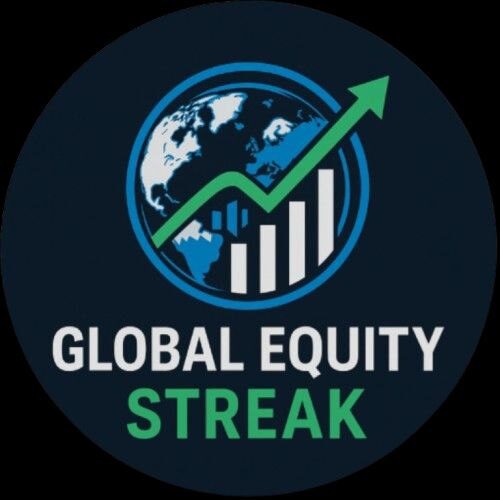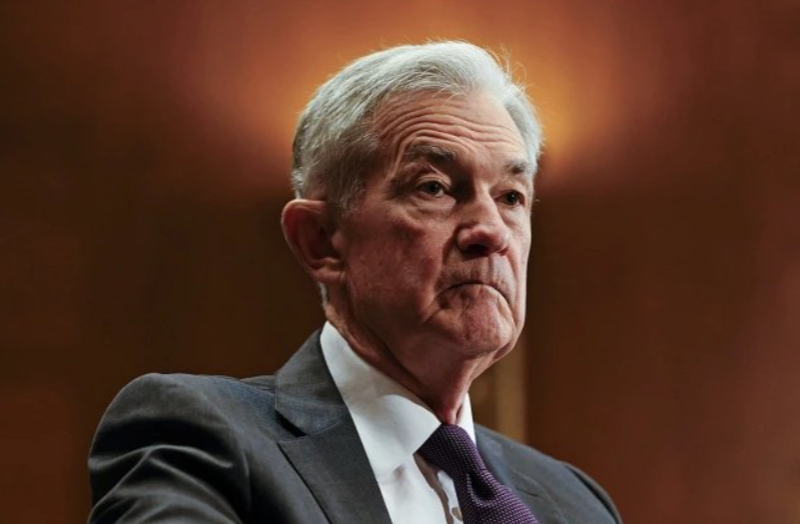Fed Chair Jerome Powell’s September 23, 2025 speech in Rhode Island highlighted the Fed’s cautious stance after its latest rate cut. He warned of slowing U.S. growth, labor market weakness, and persistent inflation pressures while stressing data-driven policy ahead of the October FOMC meeting.
Fed Chair Jerome Powell Warns of ‘Challenging Balancing Act’
U.S. Federal Reserve Chair Jerome Powell delivered a closely watched address at the Greater Providence Chamber of Commerce Economic Outlook Luncheon, his first public remarks since the Federal Open Market Committee (FOMC) cut interest rates by 25 basis points on September 17. The move lowered the federal funds rate to a range of 4.00–4.25%.
Powell largely echoed the cautious tone of his post-meeting press conference, stressing the difficult trade-offs the Fed faces: upside risks to inflation and downside risks to employment. He avoided giving any clear signal on the October FOMC meeting, underscoring that policy decisions remain data-dependent.
Monetary Policy Stance and Recent Rate Cut
The September rate cut was described by Powell as a “risk management” step aimed at supporting the labor market while still keeping monetary policy “somewhat restrictive.” He emphasized that there is “no risk-free path”—cutting too aggressively could reignite inflation, but holding rates too high for too long risks damaging the labor market.
The September FOMC vote highlighted divisions within the committee, with a narrow 10–9 split. Some policymakers, including Vice Chair Michelle Bowman, argued for faster easing to address labor market weakness. Powell, however, reiterated that the Fed’s future decisions will be flexible and guided entirely by incoming data, while reaffirming its dual mandate of achieving maximum employment and stable 2% inflation.
Economic Outlook: Slowing Growth and Labor Market Weakness
Powell painted a picture of an economy losing momentum. U.S. GDP growth slowed to just 1.5% in the first half of 2025, down from 2.5% in 2023. Housing activity remains soft, though business investment in equipment and intangible assets has shown some signs of improvement.
The labor market was a central theme of his remarks. Job creation has slowed sharply, averaging just 29,000 per month over the past three months. The unemployment rate climbed to 4.3% in August, a sign of “meaningful weakness” in Powell’s words. He noted that both labor supply and demand are softening, describing the situation as an “unusual balance” that does not yet amount to a crisis but carries significant downside risks.
The Fed chair also referenced the September Beige Book, which reported that businesses remain wary of the economic outlook due to shifting policies in areas such as trade, immigration, fiscal spending, and regulations.
Inflation Trends and External Pressures
Inflation has come down markedly from its 2022 peaks, but Powell stressed that the battle is not yet won. Headline personal consumption expenditures (PCE) inflation rose to 2.7% year-over-year in August, compared with 2.3% a year earlier. Core PCE, which excludes food and energy, stands at 2.9%. Much of the recent uptick has been driven by goods prices.
Tariffs introduced under recent policy shifts have added to inflationary pressures. While Powell characterized the impact as a “one-time pass-through” that has been smaller and later than anticipated, he warned of risks if these costs spread more broadly through supply chains. Similarly, recent tax increases could temporarily lift prices, though the Fed currently views them as one-off factors rather than persistent drivers of inflation.
Market and Broader Implications
Powell also touched on financial markets, cautioning that stock prices “appear quite high” amid ongoing AI-driven rallies. His warning reflects the Fed’s concern about financial stability risks in a stretched equity market.
The broader picture remains a difficult one: inflation risks tilted to the upside, employment risks tilted to the downside, and mild stagflation-like conditions emerging. Powell emphasized that the Fed’s objective is to carefully steer between these risks without overreacting.
Financial markets responded quickly to his remarks. Treasury yields edged lower, with the 10-year yield hovering near 4%. U.S. stocks stalled after recent gains fueled by artificial intelligence optimism, while Bitcoin slipped on cooling hopes for aggressive rate cuts. Futures markets now price in a 94% probability of another 25-basis-point rate cut at the October FOMC meeting.
For the full transcript of Powell’s speech, readers can visit the Federal Reserve’s website.
Powell’s address highlighted the Fed’s delicate balancing act in an era of tariffs, taxes, and slowing growth—one where both inflation and unemployment risks loom large. The central bank is walking a tightrope, and markets remain on edge awaiting the next step.

